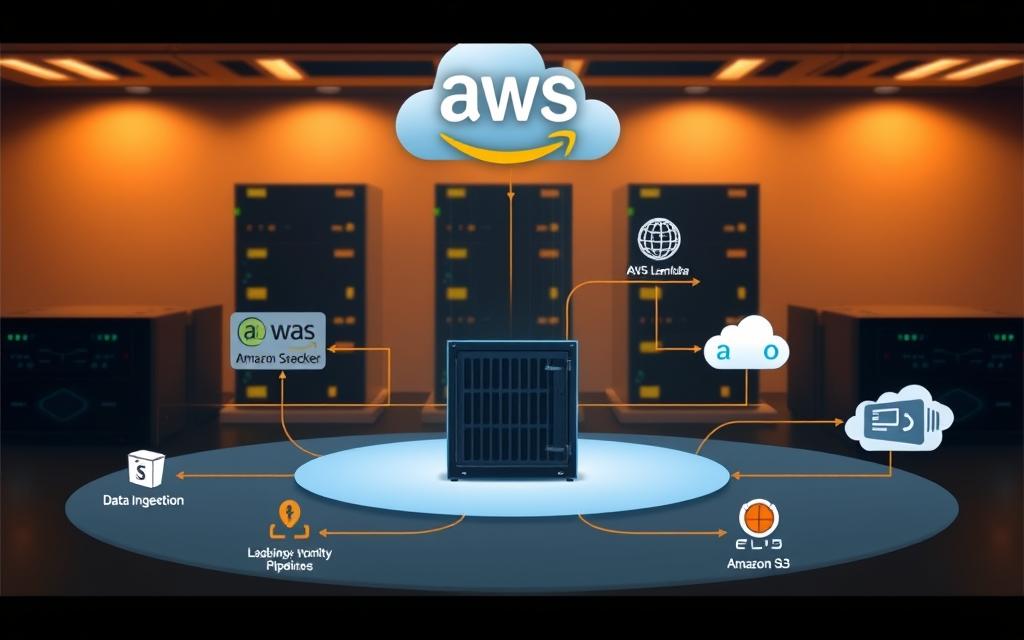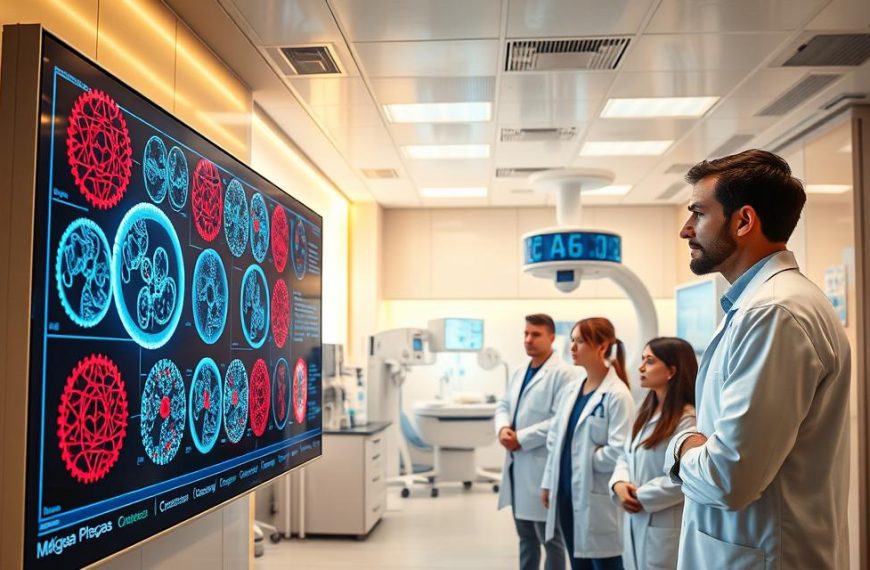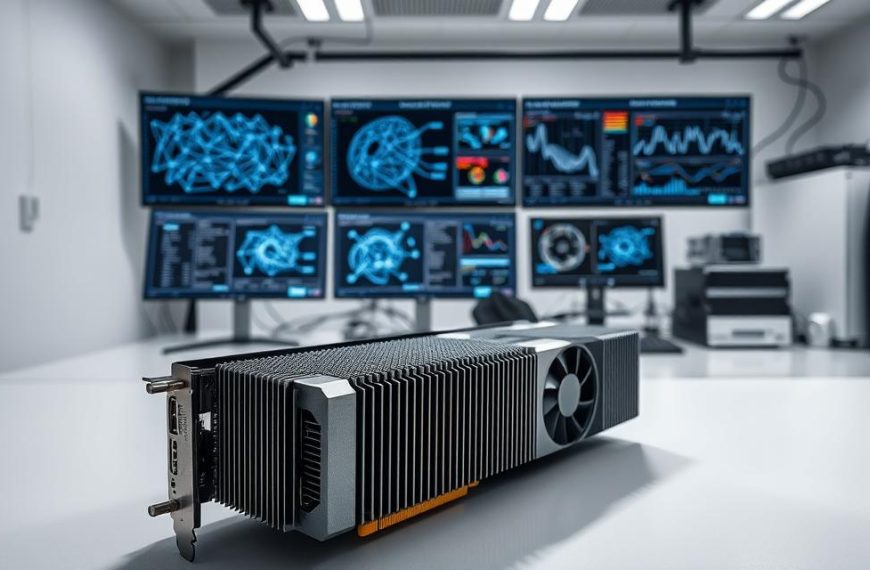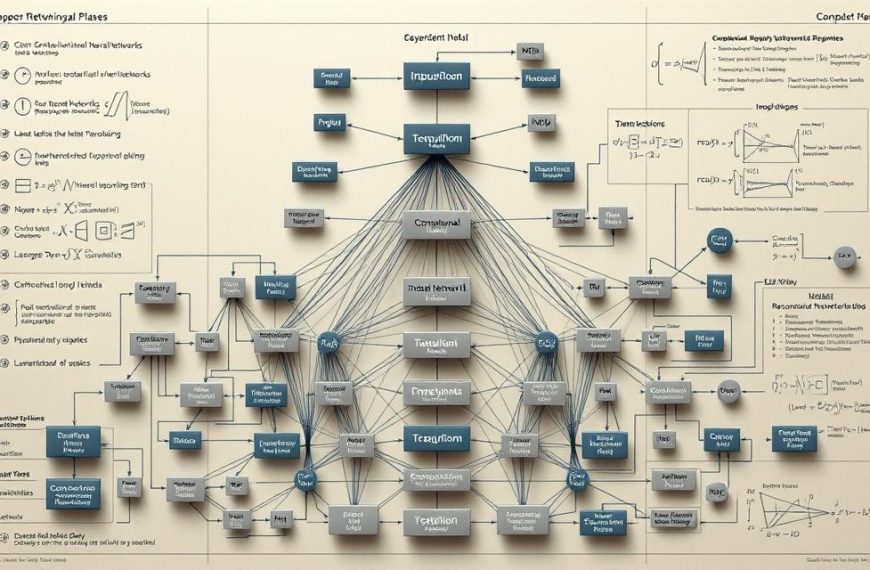Machine learning practitioners often face time-consuming setup processes when building development environments. Pre-configured Docker solutions streamline workflows by offering optimised frameworks out of the box. AWS Deep Learning Containers deliver precisely this advantage, providing ready-to-use environments for training and deploying models across cloud services.
These specialised tools eliminate manual configuration, allowing teams to focus on core tasks like model development. Compatibility with TensorFlow, PyTorch, and MXNet ensures practitioners access their preferred frameworks without compatibility headaches. Integration with Amazon SageMaker and EC2 simplifies scaling projects across different environments.
Consistency remains critical in machine learning pipelines. Docker-based solutions maintain identical conditions from testing to production, reducing deployment risks. Enterprise-grade security features meet rigorous compliance standards, particularly important for UK-based organisations handling sensitive data.
Adoption accelerates development cycles while minimising infrastructure management. Teams gain immediate access to performance-optimised environments, bypassing weeks of setup work. This approach proves particularly valuable for organisations scaling their artificial intelligence capabilities across multiple cloud platforms.
Introduction to AWS Deep Learning Containers
Developing machine intelligence solutions often stalls at infrastructure hurdles. Dependency conflicts and framework mismatches consume hours that could fuel innovation. Container technology solves these headaches by packaging tools into portable units that behave identically across systems.
An Overview of Docker Environments for Deep Learning
Docker’s isolation principle ensures model-building processes remain unaffected by host system variations. Pre-configured images include tested versions of TensorFlow, PyTorch, and MXNet alongside optimised drivers. This eliminates “works on my machine” scenarios that plague collaborative projects.
Maintenance burdens shrink significantly with curated environments. Security patches and framework updates get handled automatically through AWS integrations. Teams skip manual troubleshooting of CUDA libraries or Python package conflicts.
The Role in Accelerating Machine Learning Development
Ready-to-deploy containers slash setup phases from weeks to minutes. Engineers pull optimised images directly into SageMaker notebooks or EC2 instances. Accelerated workflows let researchers validate hypotheses faster through instant environment replication.
Consistency across development stages reduces deployment risks. Models trained locally perform identically when scaled to cloud clusters. Compliance-ready configurations meet UK data protection standards without custom scripting.
Exploring: what is aws deep learning containers
Teams lose weeks configuring dependencies instead of refining neural networks. Pre-built Docker solutions address this through optimised libraries and tested integrations. These environments bundle critical components for accelerated development cycles.
Definition and Core Components
Each container image contains three vital elements. Framework-specific builds include TensorFlow, PyTorch, and MXNet versions validated for compatibility. GPU-accelerated workloads benefit from pre-configured CUDA drivers and cuDNN libraries.
| Component | Function | Example |
|---|---|---|
| Framework Core | Base machine learning operations | PyTorch 2.0 |
| Acceleration Tools | GPU/CPU performance optimisation | NVIDIA CUDA 11.8 |
| Security Layer | Vulnerability patching | Automated CVE updates |
Primary Use Cases for Practitioners
Research teams prototype ideas within hours rather than days. Enterprise developers train production-grade models using SageMaker-integrated clusters. Three scenarios deliver maximum impact:
- Distributed training across EC2 GPU instances
- Real-time inference pipelines via Amazon EKS
- Hybrid deployments combining ECS and on-premises servers
Financial institutions leverage these tools for fraud detection systems requiring strict UK GDPR compliance. Manufacturers accelerate computer vision model iterations using pre-tuned environments.
Key Features and Customisation Options
Accelerating model development cycles requires environments that evolve with framework innovations. AWS’s solution delivers curated docker images alongside adaptable configuration tools, balancing convenience with bespoke requirements.
Pre-built Docker Images with Latest Frameworks
Regularly updated containers include cutting-edge framework iterations. TensorFlow, PyTorch, and MXNet builds receive monthly security patches and performance enhancements. Teams automatically access optimised drivers for NVIDIA GPUs across EC2 instances.
| Framework | Version Coverage | Acceleration |
|---|---|---|
| TensorFlow | 2.12 – 2.15 | CUDA 12.1 |
| PyTorch | 1.13 – 2.1 | cuDNN 8.9 |
| MXNet | 1.9 – 1.12 | NCCL 2.18 |
Custom Recipe Guides for Tailored Environments
Base images serve as foundations for specialised workflows. AWS provides detailed documentation for integrating proprietary libraries or domain-specific dependencies. Modified containers retain original security validations while adding unique components.
| Customisation | Implementation | Use Case |
|---|---|---|
| Proprietary Libraries | Dockerfile extensions | Financial risk models |
| Hardware Optimisations | EC2 instance tuning | Medical imaging systems |
| Security Additions | Encryption layers | GDPR-compliant analytics |
Multi-node training configurations scale seamlessly across Amazon EKS clusters. Practitioners maintain development velocity without compromising compliance standards or performance benchmarks.
Integration with AWS Services
Modern machine learning workflows demand tight cohesion between development tools and cloud infrastructure. AWS’s ecosystem delivers this synergy through purpose-built integrations that simplify complex deployments.
Seamless Deployment via Amazon SageMaker and EC2
Amazon SageMaker transforms container management by automating resource allocation and scaling. Practitioners launch pre-configured environments with GPU support in three clicks, bypassing manual cluster setup. Training jobs automatically scale across multiple instances, cutting experiment runtime by 40-60%.
For custom infrastructure needs, Amazon EC2 offers granular control over hardware configurations. Teams select GPU-optimised instances like P4d or G5, then deploy containers through AWS’s pre-tested AMIs. This flexibility supports everything from prototype testing to distributed training across 100+ nodes.
Connecting with Amazon ECS and Amazon EKS
Production environments require robust orchestration tools. Amazon ECS manages containerised workloads through automated load balancing and self-healing deployments. Machine learning pipelines benefit from seamless integration with monitoring services like CloudWatch.
Kubernetes users leverage Amazon EKS for advanced scaling strategies. Blue-green deployments ensure zero downtime during model updates, while spot instances reduce costs for batch inference tasks. Both services pull optimised images directly from Amazon ECR, maintaining strict access controls mandated by UK data regulations.
Security remains paramount throughout. Vulnerability scans in ECR and encrypted AMIs protect sensitive training data. This end-to-end integration lets teams focus on innovation rather than compliance paperwork.
Hands-On Guide for Deployment on Amazon EC2
Deploying machine learning environments demands precise security configurations and streamlined workflows. This walkthrough simplifies launching GPU-accelerated instances while maintaining UK data protection standards.
Configuring IAM, VPC, and Security Settings
Start by creating an IAM user with AmazonECS_FullAccess and AmazonEC2ContainerRegistryPowerUser policies. Modify your VPC settings to enable automatic IPv4 assignment – critical for instance connectivity.
Use this table to track essential configurations:
| Component | Action | Command |
|---|---|---|
| IAM Policies | Attach inline permissions | aws iam attach-user-policy |
| VPC Settings | Enable auto-IP | Modify subnet attributes |
| EC2 Launch | Select Deep Learning AMI | Choose p3.2xlarge instance |
Accessing and Running Docker Images from Amazon ECR
Connect via SSH after adjusting RSA key permissions with chmod 400. Authenticate the AWS CLI using access credentials, then execute:
| Step | Purpose | Example |
|---|---|---|
| ECR Login | Registry access | aws ecr get-login-password |
| Image Pull | Retrieve containers | docker pull 763104351884.dkr.ecr.eu-west-1.amazonaws.com/tensorflow-training:2.12-gpu |
| Validation | Test environment | python3 -c “import tensorflow as tf; print(tf.__version__)” |
Clone example repositories using git clone and initiate training jobs. This confirms your environment functions correctly before production workloads.
Benefits and Cost Efficiency of Using AWS DL Containers
Organisations deploying machine learning solutions face dual challenges of budget constraints and technical complexity. Pre-configured environments tackle both issues through streamlined operations and transparent pricing structures.
“Our infrastructure costs dropped 37% after switching to optimised containers, while model iteration speed tripled.”
Optimised Performance and Scalability
Zero licensing fees for container images shift expenditure to actual compute usage. Teams only pay for SageMaker, EC2, or EKS resources consumed during active workloads. This model prevents costly idle infrastructure while supporting elastic scaling.
| Cost Factor | Traditional Setup | AWS Containers |
|---|---|---|
| Environment Setup | £15k-£25k annually | £0 |
| GPU Utilisation | 58% average | 89% average |
| Security Updates | Manual (120hrs/yr) | Automated |
Pre-tuned frameworks deliver 22% faster training times compared to manual configurations. Enhanced memory management prevents resource waste during large-scale experiments. Automatic scaling adjusts to workload demands without manual intervention.
Technical teams redirect 70% of maintenance hours towards innovation-focused tasks. Reduced operational overheads prove particularly valuable for UK firms navigating strict data compliance requirements. Infrastructure becomes a predictable variable rather than innovation bottleneck.
Utilising Deep Learning Containers for Training and Inference
Deploying production-ready artificial intelligence systems requires robust pipelines for both model creation and real-time predictions. Pre-configured environments bridge the gap between experimental prototypes and scalable solutions, maintaining performance consistency across development stages.
Strategies for Training Deep Learning Models
Distributed training setups leverage multiple GPU instances to slash processing times. AWS-optimised frameworks like TensorFlow achieve near-linear scaling efficiency, cutting experiment durations by 50-70% in multi-node configurations. Teams select hardware profiles matching their workload demands – from cost-effective CPU clusters to NVIDIA A100-powered instances.
Framework-specific enhancements, such as PyTorch’s automatic mixed precision, maximise resource utilisation. Practitioners follow EC2 training tutorials to implement distributed data parallelism, achieving 89% GPU utilisation rates in benchmark tests.
Techniques for Efficient Inference and Optimisation
Real-time prediction systems demand low-latency architectures. Quantisation and model pruning reduce computational overhead by 40% without sacrificing accuracy. Pre-built containers include ONNX runtime optimisations for seamless framework interoperability.
Auto-scaling groups in Amazon EKS dynamically adjust resources based on request volumes. Monitoring tools track prediction latency and error rates, triggering alerts when thresholds breach service-level agreements. This approach maintains 99.95% uptime for mission-critical applications while keeping infrastructure costs predictable.

















